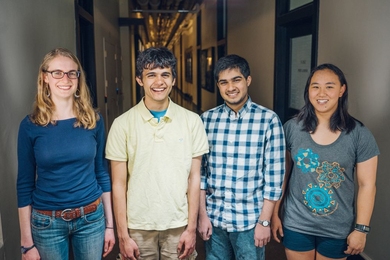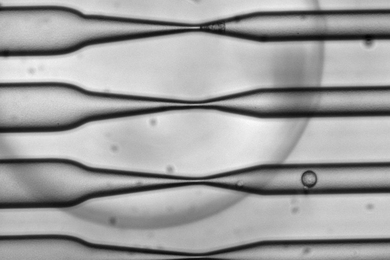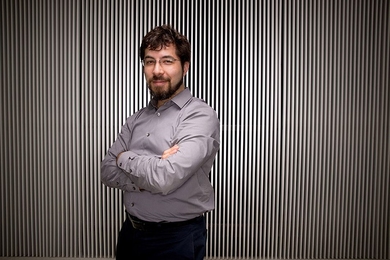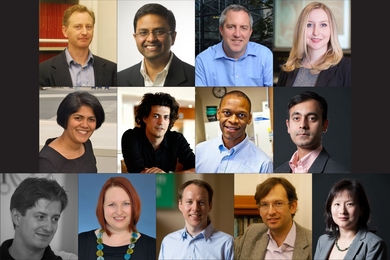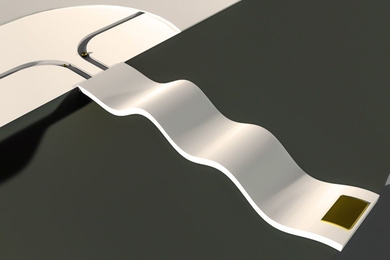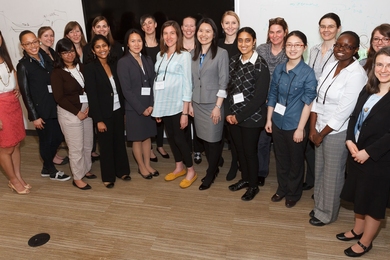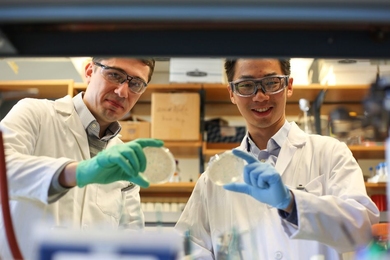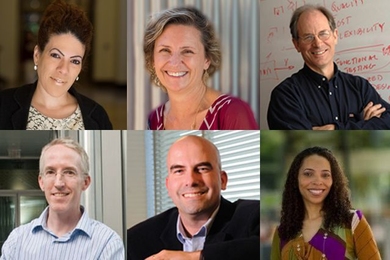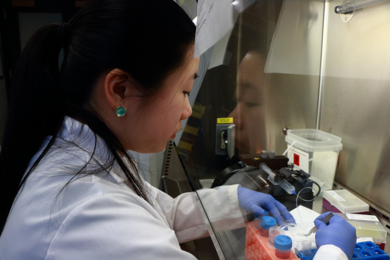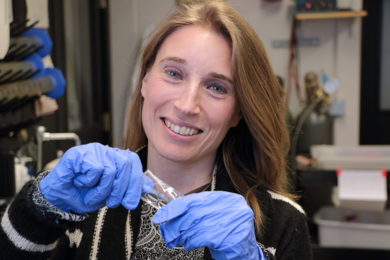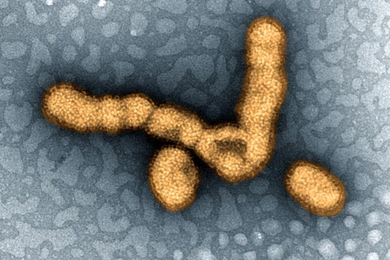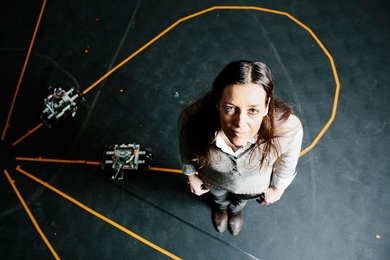Freshly squeezed vaccines
Microfluidic cell-squeezing device opens new possibilities for cell-based vaccines.
Seeking deeper understanding of how the brain works
Edward Boyden develops techniques to study the brain, and how it operates, in finer detail.
Newly tenured engineers
Thirteen tenure appointments are made in seven of eight academic departments in the School of Engineering.
Faster, smaller, more informative
Device can measure the distribution of tiny particles as they flow through a microfluidic channel.
Inspiring a new generation of women in nuclear science and engineering
2015 Rising Stars in Nuclear Science and Engineering Symposium highlights outstanding new work and celebrates women in the field.
MIT and Kuwait University researchers awarded $5.5 million for work on next-generation desalination systems
Funding sponsored through the Kuwait-MIT Center for Natural Resources and the Environment.
Sangeeta Bhatia wins $250,000 Heinz Award
Bhatia is recognized for her work in tissue engineering, disease detection, and advocacy for women in STEM.
New evidence for how a rare form of liver cancer arises
MIT team finds mechanism by which exposure to vinyl chloride may produce cancerous mutations.
New materials to protect the brain
MIT graduate student Bo Qing studies synthetic gels that could be used in better equipment to protect against traumatic injuries.
Mechanically stimulating stem cells
MIT biological engineering graduate student Frances Liu is studying ways to alter mechanical properties of cell environments to produce desired chemical outputs.
Faculty highlight: Krystyn Van Vliet
MIT associate professor brings a materials scientist's understanding to biochemical behavior in stem cells and organ tissue.
Swine flu outbreak in India raises concern
MIT study finds evidence that a new strain of H1N1 may carry dangerous mutations.
Domitilla Del Vecchio bridges math, engineering, and biology
Mechanical engineering professor carries out pioneering work in the creation of biological circuits.
